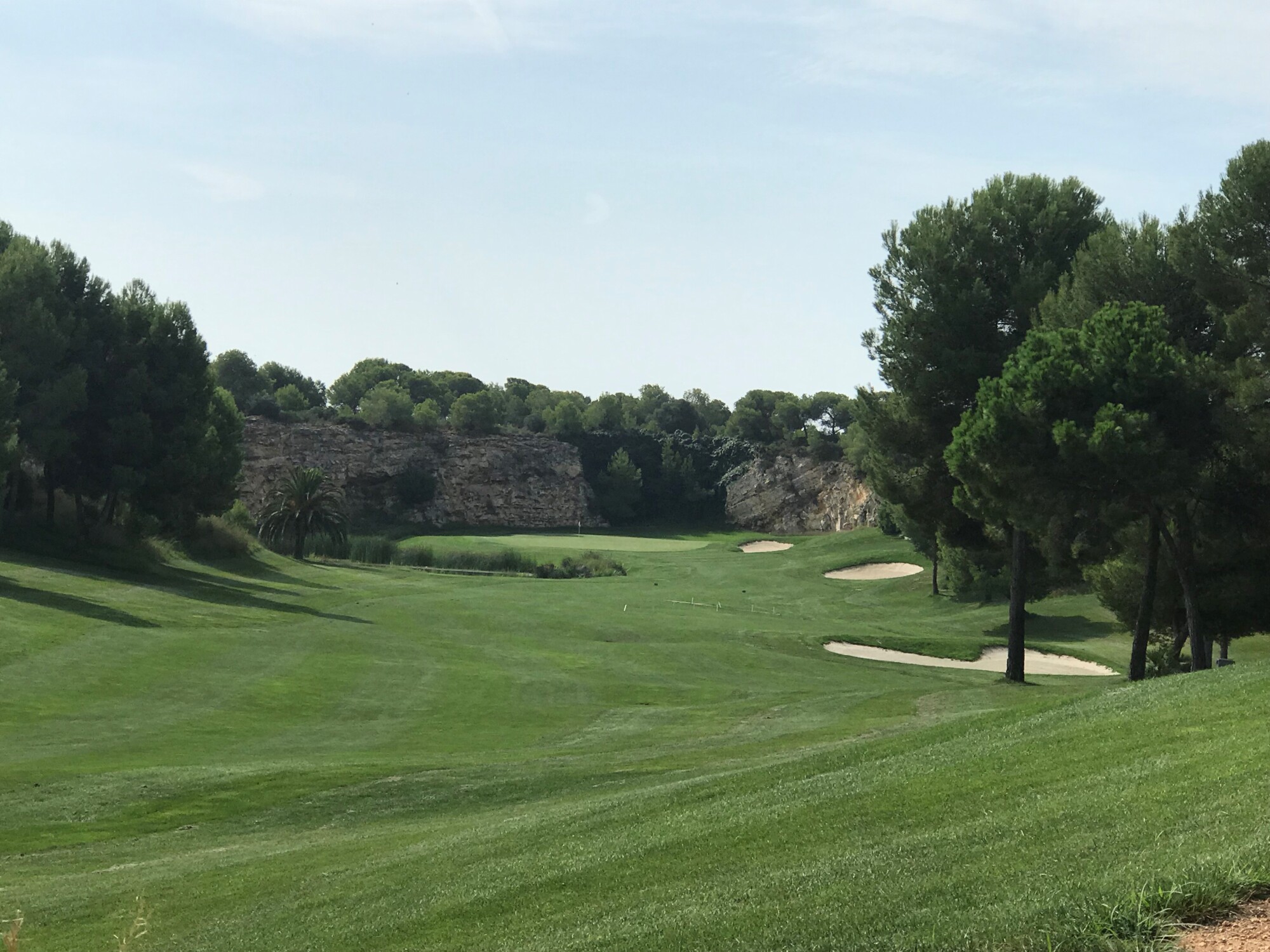Golf courses are considered as environmentally friendly and biodiverse areas surrounding urban areas. These areas can act as “highways” linking agricultural lands together. These areas are very important as they often provide a natural habitat for bees and other beneficial insects which have fundamental roles within the ecosystem, including pollination of food crops.
With this in mind, there has been stricter regulatory changes put in place to maintain these valuable ecosystems. As such, in recent years there has been little to no advancement in available fungicide chemistry for greenkeeping. Authorities potentially wish to restrict any active ingredients due to environmental concerns.
In addition, demands for golf are on the rise. Many golf clubs have reported higher visitor numbers and attracting new members within 2020 and 2021, mainly due to the impact of Covid-19 and the sport being easy to play whilst “social distancing”. In 2021, golfers are demanding higher quality turfgrass surfaces, lower heights of cut, all year-round playability and are more reluctant to use winter greens or winter tee boxes, traditionally in place to help reduce wear on the course throughout winter.
What can be put in place by the greenkeeper to achieve the desired results whilst maintaining a disease-free playing surface with limited active ingredients?

Fusarium Patch Disease
Fusarium Patch, caused by the Microdochium nivale pathogen is one of the most common diseases that affects fine turf on golf courses. Annual meadow grass (Poa annua) is the most susceptible grass species to the disease. Reductions in the number of fungicide products available and lower concentrations of active ingredients are making Fusarium and other diseases of turf more difficult to control. Fusarium Patch can occur at any time of the year if the weather conditions are favourable for its growth. It is most common and destructive during the Autumn and Winter when the weather is moist and mild. It may also occur during Spring in mild temperatures and during Summer in warm, humid conditions. There are several factors that can increase the likelihood that a Fusarium outbreak will occur:
- High levels of moisture in the air leave the turf damp, creating favourable conditions for disease to thrive and spread.
- Reduced air flow and shade so it takes longer for the leaf to dry out, again creating favourable conditions for disease.
- Excess Nitrogen can cause weaker growth by the turfgrass, enabling fusarium to inoculate into the turf.
- Low mowing heights. A shorter height of cut reduces the leaf area in which the plant can photosynthesise, again making recovery from disease harder.
- Alkaline soil conditions and soil profiles containing high levels of organic matter.
Disease Management Plan

- Liquid iron application will not have a direct effect on the pathogen but is necessary for chlorophyll production, strengthening cell walls within the plant and increasing disease resistance. Liquid Irons are also often acidic which acidifies the stem base of the plant, limiting the infection and spread of Fusarium.
- Potassium promotes the formation of strong cell membranes and improves tolerance to stress such as from cold and diseases.
- Potassium phosphite can stimulate the turfgrass plants natural defence mechanisms, which makes the plant more resistant to disease. It also has a direct effect on the pathogen, as it directly inhibits mycelial growth and germination, which slows the growth of the pathogen. Calcium helps to strengthen the cell wall of plants.
Bion Turf Products Available
- Bion Maximise Liquid Iron is an 8% w/v complexed & chelated iron, with trace elements, spreading agents and penetrating surfactants. Maximize liquid Iron’s unique mix of complex and chelated liquid iron gives an immediate turf response whilst maintaining longevity, up to 6 weeks of turf colour and plant strength.
- Bion High Ca is a concentrated form of calcium containing carbohydrates, nitrogen & L-form amino acids, which is readily absorbed into plant tissue. High Ca is designed to improve disease tolerance by helping to build stronger cell walls.
- Bion 4-2-12 is a high quality formulations for foliar uptake and root absorption. By applying in low water volumes, the adjuvants and small molecular structure of these products enable the nutrients to be taken up by the leaf. When applying in higher water volumes, the nutrient is taken past the leaf to the rootzone where the nutrients can be taken up by the plant’s roots
Bion Turf Protect Package

The following graphs show data from studies carried out on turf from an Annual meadow grass dominated golf green, showing the effectiveness of this tank mix for preventing Anthracnose and Fusarium
Concluding Remarks
With the likelihood that restrictions on the use of fungicides will only get stricter, it is becoming increasingly important for turf managers to fight disease outbreaks through other, more indirect, means. Numerous studies show that correct use of the products discussed in this article will fit perfectly into an integrated disease management strategy, with cultural methods of management always being the first point of call. The focus will largely shift from control to prevention for all forms of pathogen attack, with these methods forming an integral part of this for years to come.
